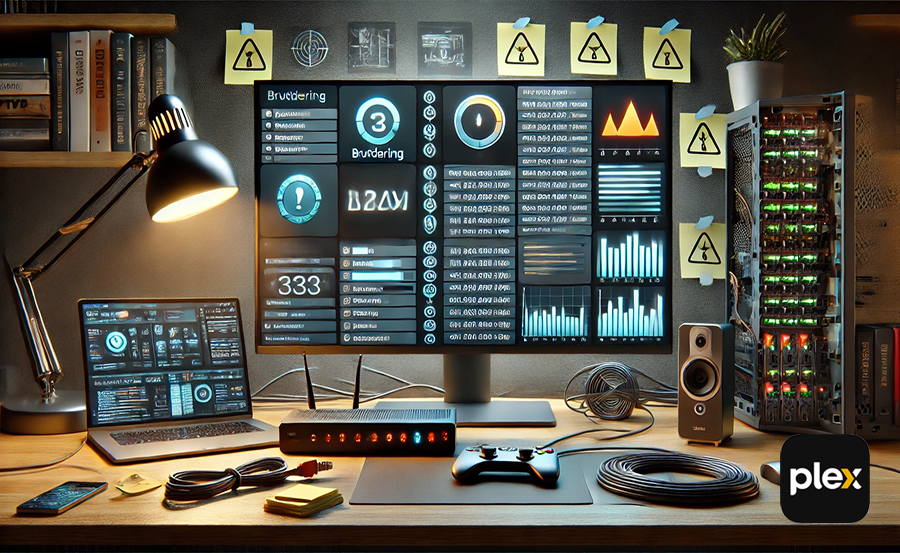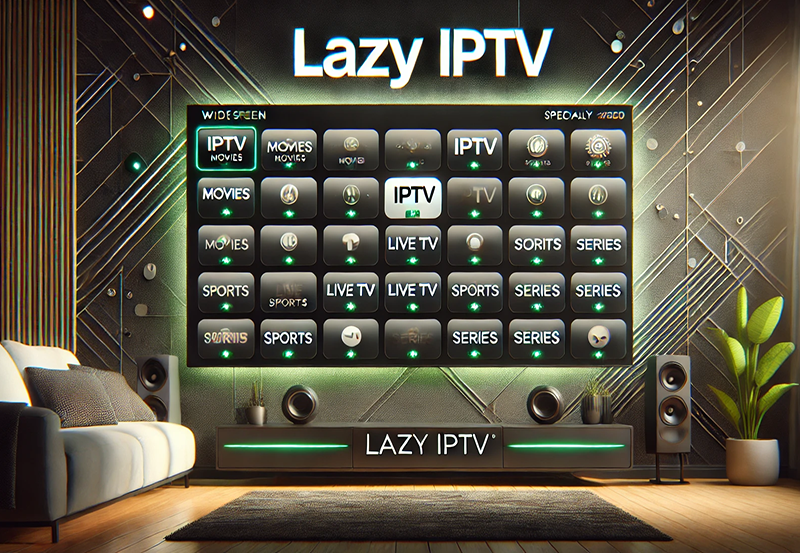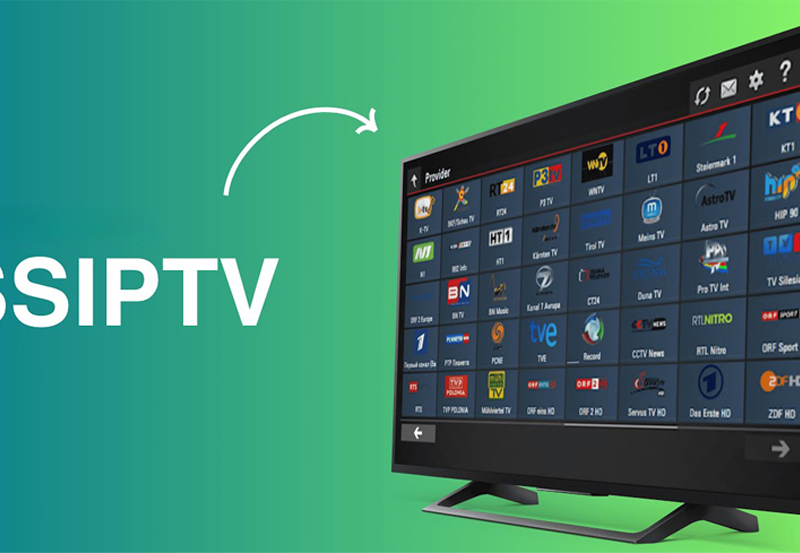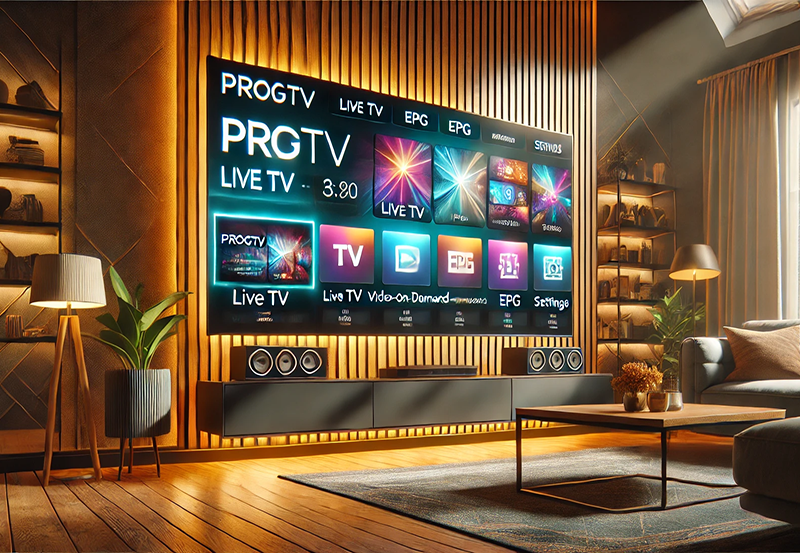Are you tired of constant interruptions while enjoying your favorite Live TV streaming shows on Plex IPTV? You’re not alone. Many users face recurring issues that disrupt their viewing pleasure. Worry not, for this article dives deep into the crux of these issues and presents practical solutions to ensure a smoother experience. Whether you’re a seasoned user or new to IPTV on Roku, understanding these technical pitfalls will enhance your setup and viewing enjoyment.
Understanding the Basics: Setting the Foundation for IPTV Success
Before troubleshooting complex issues, it’s crucial to ensure that your initial setup is solid. Many users overlook basic configurations, leading to more complicated problems down the line. Meticulously setting up your IPTV on Roku is foundational to seamless operation.
1. Importance of a Stable Internet Connection
The foundation of a smooth Plex IPTV experience lies in a stable internet connection. Users often underestimate the bandwidth requirements for Live TV streaming. High-definition content demands a lot of data, and intermittent drops in connectivity can lead to buffering or worse—loss of connection.
Streaming Tip:
Never miss your favorite matches with IPTV for sports streaming, offering crystal-clear live coverage.
- Minimum recommended speed: 10 Mbps for standard streaming.
- For HD viewing, aim for at least 25 Mbps.
- Consider switching to a wired connection over Wi-Fi for consistent performance.
Check your internet plan and ensure your router is up-to-date. In many cases, repositioning your router can improve signal strength significantly.
2. Optimize Your Device: Keeping Your Roku in Top Shape
While often overlooked, the state of your Roku device can significantly impact your IPTV enjoyment. Ensure that your device firmware is current, eliminating any potential compatibility issues with Plex.
Moreover, managing the apps on your Roku is crucial. Overstocked devices can lead to diminished performance, so it’s recommended to remove unused applications. This isn’t just about freeing up space; it’s about allowing your device to operate at its peak capability.
Enhancing Connectivity: Solving Network-Related Issues
The network your device is connected to plays a pivotal role in delivering a smooth IPTV experience. Errors often arise from simple network-related issues, unnoticed by the typical user. A proactive approach to tackle these issues can save you from frequent interruptions.
3. Router Settings: Fine-Tuning for Peak Performance
Most routers are self-configuring; however, tweaks can be made to bolster performance. Start by ensuring your router firmware is up-to-date. Router settings may need adjusting, such as disabling unused features that could be siphoning off bandwidth.
- Disable Quality of Service (QoS) if not streaming from multiple devices.
- Change your Wi-Fi channel to minimize interference.
- Set device priority to your Roku for optimal streaming power.
4. Addressing Congestion: Network Overload and Its Remedies
If several devices are connected to your network simultaneously, there can be serious bandwidth contention. Try distributing network load by connecting some devices to another network when possible.
If using a VPN, consider disabling it for streaming, as VPNs can throttle your connection speed. Experimenting with Ethernet connections instead of wireless can provide more stability.
Troubleshooting Software-Related Hiccups
Aside from connectivity, issues within Plex or your device’s operating system can arise. Each component, from software updates to application installations, plays a role in seamless functionality.
5. Keeping Software Updated
Software updates are not just feature releases; they often contain critical patches for bugs or security vulnerabilities. Ensure both Plex and your Roku operating system are consistently updated to the latest versions available.
Manual updates can easily be overlooked. It’s worth setting reminders or enabling auto-update features where applicable. This not only enhances security but also minimizes potential compatibility issues.
Rogue Apps: Identifying and Removing Potential Threats
Occasionally, third-party apps can interfere with your IPTV setup, especially if these apps are not properly optimized for performance. Regularly review and uninstall apps that are unnecessary or cause system slowdowns.
Look for user reviews or official recommendations from Plex forums to stay informed about app compatibility.
Dealing with Content Availability Issues
Content-related errors while streaming may disrupt your viewing enjoyment. Here’s how to effectively handle these challenges, ensuring uninterrupted IPTV experiences.
Consider the geographical legality and availability of content when encountering access problems. Content that was accessible yesterday might not be today, based on licensing agreements changing.
Utilizing official content sources prevents a majority of these access problems, and keeps you safely within all licensing restrictions, maintaining a robust and legal streaming environment.
Creative Alternatives When Common Solutions Fail
Despite following all logical corrective steps, you may unfortunately still encounter issues. Here are some inventive approaches that could work when typical solutions don’t seem to tap into the root problem.
Engaging Community Content and Support
Plex’s vast community and support forums are invaluable tools. Engaging with other users may offer customized solutions that are time-tested and tailored to specific problems. Often, community feedback covers what official guides may overlook.
Exploring Bypass Routes: Using Alternative Technology
Exploration can sometimes lead to solutions that circumvent persistent issues. Experimenting with alternative devices for streaming, such as using smart TVs directly or trying another platform entirely, might surprisingly yield better results.
Setting clear strategies and diversifying technology use often results in amplified performance—even in situations perceived as unsolvable.
The Expert’s Guide to IPTV Enjoyment
Ultimately, optimizing your IPTV enjoyment boils down to proactively monitoring both your hardware and network configurations. Awareness of potential pitfalls and maintaining an adaptable mindset makes for an enriched viewing experience.
Through effective problem-solving strategies, you’ll find yourself not only avoiding the top five errors but genuinely elevating your IPTV enjoyment to expert levels.
FAQs: Clarifying Common IPTV Queries

- What are the optimal internet speed requirements for Plex IPTV?For Plex IPTV, a minimum speed of 10 Mbps is needed for standard streaming, while HD requires at least 25 Mbps for uninterrupted viewing.
- How can I solve frequent buffering during live TV streaming?Ensure a stable connection by using a wired setup instead of Wi-Fi. Check that your internet speed meets the necessary Mbps for the quality you desire.
- Are software updates crucial for my Plex IPTV setup?Indeed! Software updates fix bugs and vulnerabilities. Keep both your Roku and Plex system updated to avoid compatibility issues.
- Is a VPN recommended for IPTV on Roku?Generally, VPNs can reduce streaming speed. For the best quality, try streaming without VPN interference unless privacy is a primary concern.
- Can my Roku device’s performance impact my streaming experience?Absolutely. Keeping your Roku free from unnecessary apps and updated will ensure it runs smoothly, enhancing IPTV streaming.
Plex Setup: How to Stream IPTV Channels Effortlessly





